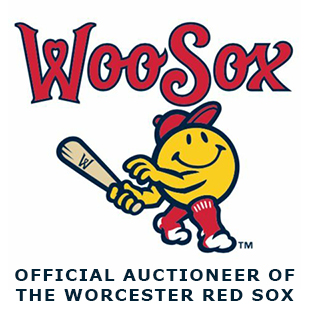Jewelry design has followed the same periods and evolved along with many other antiques such as furniture and artwork. Like Period furniture, jewelry from the Georgian Period (from 1714 to the early 1800’s) is sought after and is in short supply. Ornate “Rococo”, Gothic and Neo-classical were the preferred forms. Rose cut or old mine diamonds were often used.
Victorian Jewelry was produced from the late 1830’s or 1840’s through the 1890’s or 1900’s depending on your source. Gold was used in pieces earlier in the period. Lockets and brooches were common forms of jewelry. After the death of Prince Albert, there was a period of mourning when black was heavily used to produce necklaces, bracelets, etc. Later, the Gothic and Renaissance periods influenced jewelry. Silver diamonds and pearls became popular.
The Edwardian Period began in 1901 and ran into the 1910’s. Expensive gemstones were common in elaborate settings during this time.
The Art Nouveau period (from 1890-1915) was characterized by artists finding beauty in nature. Some of the great artists of the time like Rene Lalique and Louis Comfort Tiffany produced beautiful pieces. Butterflies, birds and flowers were some of the designs from this period.
The Arts and Crafts period also varies depending on your source. It overlaps the Victorian Period starting in the mid 1860’s according to some but is most commonly associated with the late 1800’s and early 1900’s. Craftsman often worked with uncut jewels to create one-of-a kind designs. It should be noted that these time periods overlapped and jewelry often contains elements of multiple periods.
The Art Deco period took place in the 1920’s, 1930’s and into the 1940’s. It is characterized by rich colors and geographic designs with strong lines. The Trylon (spire shaped) and Perisphere (round) structures at the 1939 New York World’s Fair are great representations of this period. Art Deco jewelry with its colorful designs and unique geometric patterns is very popular with collectors.
The period for Retro jewelry begins during the Art Deco Period and ends as late as 1960 according to some sources. Retro is characterized by large, bold, 3 dimensional designs.
With precious metal prices up, many people are scrapping beautiful pieces that have monetary value well above the scrap price. If you have knowledge that your jewelry is old or suspect that it might be, don’t be in a rush to scrap it. Many collectors appreciate the workmanship in a vintage piece that isn’t supplicated in modern jewelry. If you have pieces that are signed by a famous maker, you should be able to get more at auction than by scrapping it.
Costume jewelry isn’t made of precious metals or stones but these pieces are often very collectible. Look for maker names on the back of your jewelry. If you have a larger collection by designers like Hattie Carnegie, Trifari, Coro and others, they may bring you enough at auction to buy yourself some gold and diamonds!
If you have any questions about antique auctions and estate sales, call Wayne Tuiskula, Auctioneer/Appraiser at 508-612-6111 or email us today.
Our articles are published in the Webster Times, Spencer New Leader, Auburn News, Blackstone Valley Tribune, Charlton Villager, Killingly Villager, Putnam Villager, Sturbridge Villager, Thompson Villager and Woodstock Villager.




